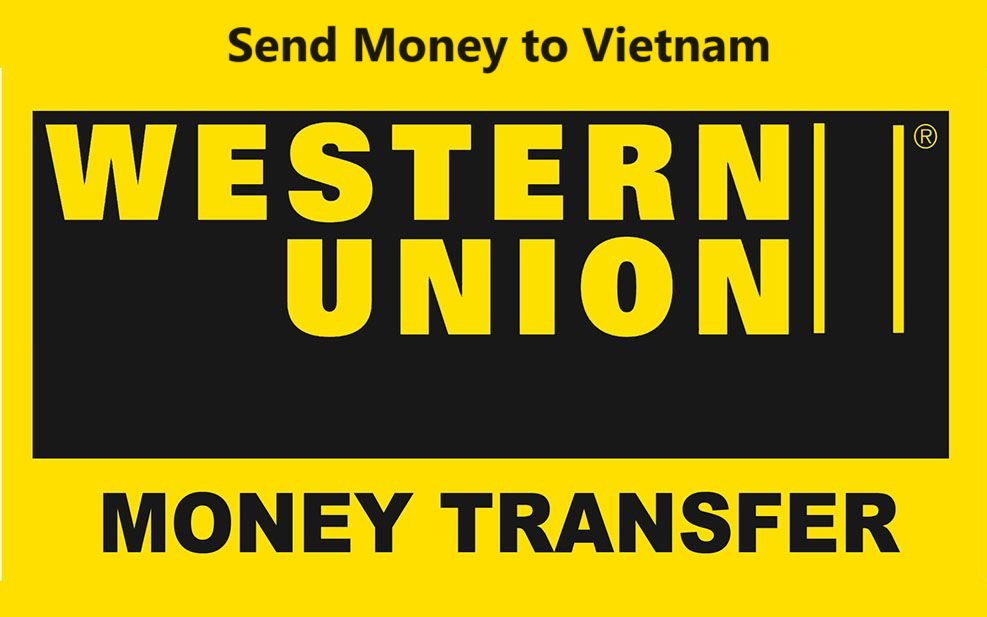
If you’ve ever sent money to Vietnam from abroad, you would know how important it is to understand the transfer fees and exchange rates. This is because these can significantly impact the amount your recipient receives. The process might seem complex, but with a little guidance, you can make informed decisions that save both time and money.
Vietnam, with its growing economy and large diaspora, sees a steady flow of remittances. Knowing how fees and exchange rates work will help you maximise your transfer the next time you send money to vietnam. This article breaks down the key elements to ensure your money gets to its desired location efficiently and affordably.
Contents
- 1 Transfer Fees for Sending Money
- 2 How Exchange Rates Impact Your Transfer
- 3 Comparing Fees Across Different Payment Methods
- 4 Fixed vs. Percentage-Based Transfer Fees
- 5 Hidden Fees to Watch Out For
- 6 Exchange Rate Markups: What You Need to Know
- 7 Monitoring Daily Exchange Rate Fluctuations
- 8 Minimising Costs by Timing Your Transfer
- 9 Choosing the Right Money Transfer Service
Transfer Fees for Sending Money
Transfer fees are one of the first things to consider when sending money to Vietnam. These can vary widely depending on the service you use, the amount you’re sending, and the speed of the transfer.
Some services charge a flat fee, while others charge a percentage of the transfer amount. It’s important to compare these before deciding on a service. Lower fees mean more of your money reaches your recipient, making it essential to choose wisely.
How Exchange Rates Impact Your Transfer
Exchange rates determine how much Vietnamese dong (VND) your recipient will receive for each dollar sent. A small difference in the exchange rate can have a significant impact on the final amount.
Some services offer competitive exchange rates, while others may have less favourable rates. It’s crucial to monitor exchange rates and choose a platform that offers the best deal. Remember, even a small improvement in the exchange rate can result in more money for your recipient.
Comparing Fees Across Different Payment Methods
The payment method you choose also affects the transfer fees. For instance, paying with a credit card may incur higher fees than using a bank transfer or a debit card. Some services offer lower fees if you initiate the transfer from your bank account rather than a card.
It’s important to review all options and select the payment method that offers the best combination of low fees and convenience. This can make a noticeable difference in the total cost of the transfer.
Fixed vs. Percentage-Based Transfer Fees
Understanding the difference between fixed and percentage-based fees can help you save money. Fixed fees remain the same regardless of the amount sent, which might be beneficial for larger transfers.
On the other hand, percentage-based fees increase with the transfer amount, making them more costly for larger sums. It’s essential to consider how much you’re sending and choose a fee structure that minimises your costs.
Hidden Fees to Watch Out For
Hidden fees can eat into the amount your recipient receives. These might include additional charges for currency conversion, service charges, or even receiving fees on the other end.
Some services may not be upfront about these costs, so it’s important to read the fine print or ask the service provider directly. Being aware of potential hidden fees helps avoid unpleasant surprises and ensures your recipient gets the full amount expected.
Exchange Rate Markups: What You Need to Know
Many platforms apply a markup to the exchange rate, which is an additional charge that might not be immediately obvious. This means that the exchange rate you see on the service provider’s website might be lower than the actual market rate.
It’s important to compare the rates offered by different providers to ensure you’re not paying more than necessary. A lower markup means a better exchange rate, which benefits your recipient.
Monitoring Daily Exchange Rate Fluctuations
Exchange rates fluctuate daily, sometimes even hourly. By keeping an eye on these fluctuations, you can time your transfer to get a better rate. Some services allow you to set up alerts when the exchange rate reaches a favourable level, helping you make the most of your money. Timing your transfer to coincide with a stronger exchange rate can significantly increase the amount your recipient in Vietnam will receive.
Minimising Costs by Timing Your Transfer
Timing your transfer can also help reduce costs. Sending money during periods of lower demand or avoiding peak times when fees might be higher can result in savings.
Planning ahead and avoiding last-minute transfers, which often come with higher fees, can ensure you get the best deal. By being strategic about when you send money, you can minimise costs and maximise the benefits for your recipient.
Choosing the Right Money Transfer Service
Selecting the right platform is crucial for ensuring a smooth and cost-effective transfer. Factors to consider include transfer speed, customer service, and, most importantly, fees and exchange rates.
Some specialise in transfers to Vietnam and may offer better rates or lower fees. Researching and comparing different providers will help you find the one that best suits your needs, ensuring your money reaches quickly and efficiently.
Before you send money to vietnam, understand the transfer fees and exchange rates clearly, as these will ensure that your recipient gets the most from your transfer. Comparing different services, monitoring exchange rates, and being aware of hidden fees can all contribute to a more cost-effective transfer.







